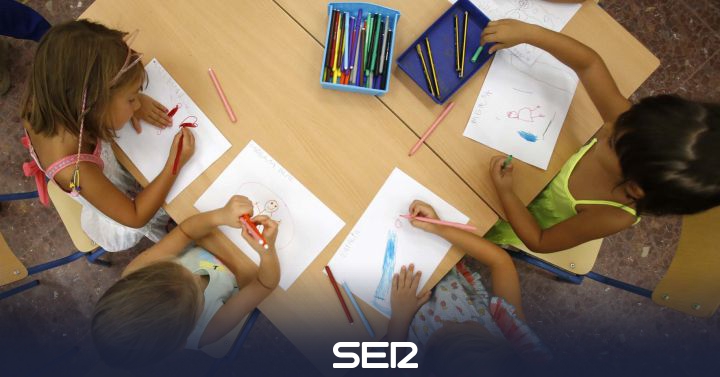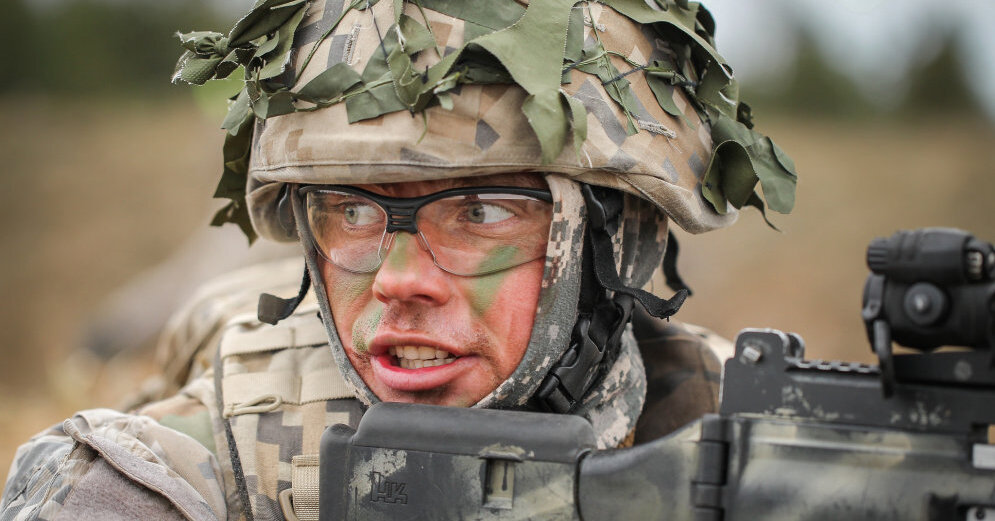An investigation carried out with 582 children sick with COVID-19 from all over Europe has revealed that, generally, the virus causes only mild symptoms and rarely causes death in those under 18 years of age, according to a study published in the journal ‘The Lancet Child & Adolescent Health’.
The study, coordinated by the European Trials Network on Pediatric Tuberculosis, which integrates physicians and researchers from 82 pediatric centers from 25 European countries, It was carried out in children and adolescents from 3 days of age to 18 years who had seen a doctor and had undergone PCR tests for COVID-19, so the mildest cases were excluded.
The study concluded that, althoughe most of the 582 children were admitted to the hospital (363 children, 62%), less than one in ten was in intensive care (only 48 children, 8%).
Four patients died during the study -two of them had previous ailments-, and all were older than 10 years, but an overwhelming majority (578 children, 99%) were alive at the end of the study and only 25 still had symptoms or needed help breathing.
Do not extrapolate figures to the general population
Although the researchers caution against extrapolating the study figures to the general population, they argue that these findings should serve to plan for demand for intensive care services as the pandemic progresses.
Of the 582 patients in the study, which was conducted at the initial peak of the European pandemic (between April 1 and 24), a quarter (145 children) had previous pathologies, much less than adult patients in which the comorbidities are usually much higher.
Fever, the most common symptom
The most common symptom reported was fever (65%), about half (54%) had signs of upper respiratory infection and a quarter had signs of pneumonia,
Gastrointestinal symptoms were also reported in 22% of the children, 40 of whom had no respiratory symptoms, and 92 children (most of which were examined due to close contact with a known case of COVID-19), they lacked symptoms (16%).
The vast majority of patients did not require oxygen or any other type of support to breathe at any stage (87%) and only 25 children required mechanical ventilation (4%), but when they needed it, it was for a long period, often for a week or more (range 1-34 days).
Infected with additional viruses
Finally, the study revealed that 29 children were infected with one or more additional respiratory viruses at the same time as SARS-CoV-2, such as the common cold or flu viruses, and of these, 24% required intensive care (7 children) compared to 7% of children who had no additional viruses detected, (41 children out of 553).
The authors consider that the number of patients who received antiviral or immunomodulatory treatments was too low to draw conclusions about their efficacy, so they warn that “Robust clinical trial data is urgently needed to help doctors make decisions “about the best treatment strategy for children.
For Dr Marc Tebruegge, UCL Great Ormond Street Institute of Children’s Health in London, UK, “The study provides the most comprehensive overview of COVID-19 in children and adolescents to date.”
There are also severe cases of the coronavirus in children
The study shows that the majority of children and young people only experience a mild illness but also that “A notable number of children do develop serious illness and require intensive care support, and this must be taken into account when planning and prioritizing healthcare resources as the pandemic progresses. “
For Dr. Florian Götzinger, from the Wilhelminenspital in Vienna, Austria, “although COVID-19 affects children less severely than adults in general, our study shows that there are severe cases across all age groups and that those with pre-existing health problems, as well as children under one month of age, are more likely to end up in intensive care. “
For Dr. Begoña Santiago-García, from the Gregorio Marañón University Hospital in Madrid, “to know that children in whom additional viruses were detected in the respiratory tract at the same time as SARS-CoV-2 were more likely to be admitted to intensive care, it could have major consequences for the upcoming winter season, when cold and flu infections will be more common. “
–


